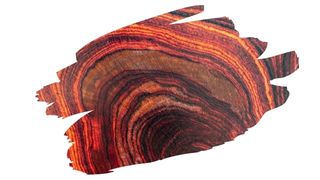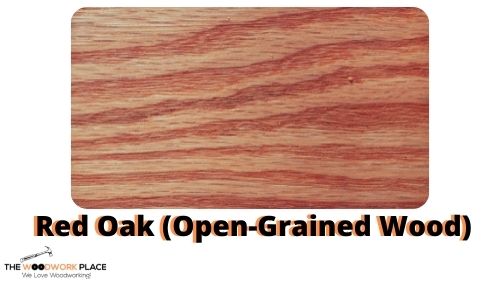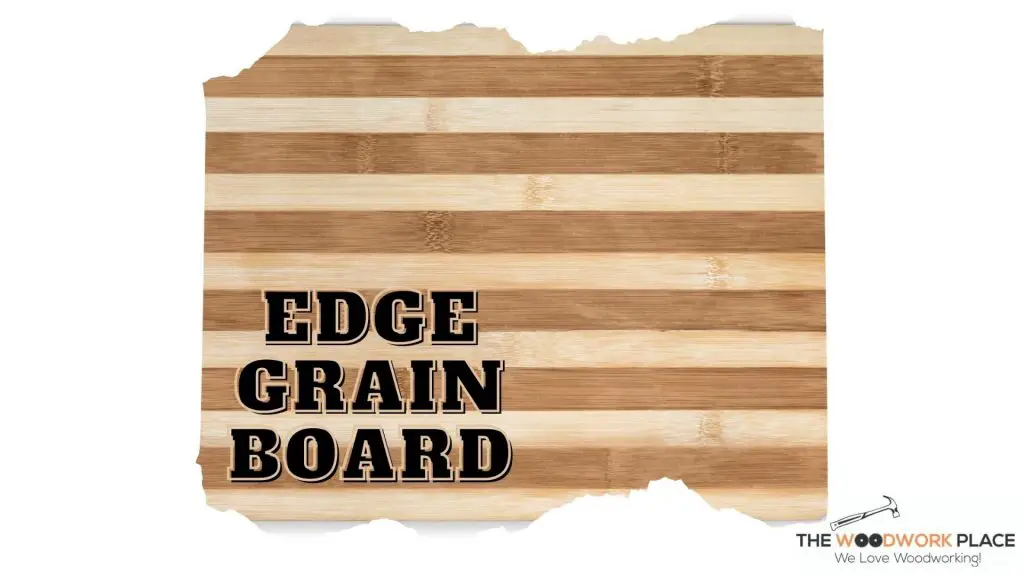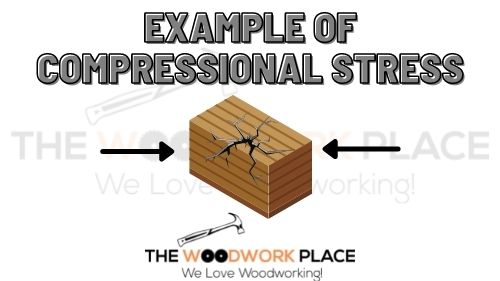Is Rosewood one of the most naturally oily timbers you can ever hope to work with? Not quite, but it comes pretty close.
Like a lot of tropical hardwoods, (such as Teak wood and Ipe wood), Rosewood can be fairly difficult to get a hold of.
Since 2016, CITES (Convention On The Trade Of Endangered Species), placed restrictions on the logging trade of this dark brown lumber.
So, on the rare occasion that you can get your hands on a couple boards of this wood, it’s best you use it wisely. You never know when you’ll be able to get some more.
Still, with that in mind, is a cutting board really the best way to use any of your prized Rosewood timber?
Sure, Rosewood is clearly hard enough to handle life as a chopping block. Yet, is this oily wood safe to use as a food prep surface?
Well, in this post, you will find out what type of wood is best suited for cutting boards. And we explain why Rosewoods natural advantages also work against it, when it comes to chopping blocks.

This post may contain affiliate links to products that we receive a commission for (at no additional cost to you). Learn more here.
What Type Of Wood Should Not Be Used For Cutting Boards?
Wood is the most food-safe cutting board material out there, but not all wooden surfaces are hygienic.
If you’re making a face-grain or edge-grain cutting board, then avoid using any kind of open-pored wood.
Related Post: Edge Grain vs Face Grain Cutting Boards (Which Is Which?)
Open-pored wood, such as Red Oak, have visibly large pores that make it easy for little bits of food and raw meat to get snagged up in.

And Is Rosewood Good For Cutting Boards?
Rosewoods straight uniform face grain surface isn’t a food hygiene problem. Instead, Rosewood has a different characteristic to it that makes it unsuitable for food prep.
Rosewood is a naturally oily lumber. So much so, that it rarely (if ever) needs an oil finish to protect it from water-damage and rot.
But, the natural oils found inside this hardwood can seep out of it. Especially if your knife manages to nick the surface of this lumber.
Related Post: What Can You Use As A Rosewood Fretboard Finish? (Revealed!)
Penetrating Oils And Finishes Are Not Rosewoods Strong Suit
Another problem with using this hardwood, (for cutting board material), relates to how much oil it contains.
Rosewood is so packed to the brim with its own natural oil finish, that it can be hard to glue this wood together. Which is a problem if you want to fashion an edge grained cutting board out of this tropical lumber.

So That Means Rosewood Is Not Easy To Work With?
Pretty much. It’s oil content makes gluing this wood problematic. It also makes it difficult to get it to take on penetrating wood stains and finishes.
Plus, Rosewoods dense grain will blunt and dull your chopping utensils faster than you can imagine.
In fact, the toughness of this wood is another reason why it’s not cut out for that chopping block.
The Janka Hardness Rating (And Why It Matters For Cutting Boards)
The strength of wood is measured in a range of different ways. But, when it comes to cutting boards, we need to look at woods ‘compressional strength‘.
Compressional strength, to put it simply, looks at how well wood can hold up when compressional stress is put on it.

Now, one way we measure the compressional strength of wood is by using the Janka Hardness Scale.
This scale gives an lbf (pounds of force) rating to wood. And that rating is simply how many pounds of force it takes to dent a piece of lumber.
For example, Rosewood has a Janka rating of 1780 lbf. That means that it will take 1780 pounds of force for your metal blade to cut into this hardwood.
However, optimal cutting board wood has a Janka rating of between 900 lbf and 1500 lbf.
Anything higher than 1500 lbf is going to quickly dull your food-prep utensils sharp edges. And anything lower than 900 lbf will get chopped to bits in short order.
So, Rosewoods oiliness and hard density work in its favour as outdoor decking. However, as cutting board material, these two Rosewood characteristics make this hardwood far from ideal.
To Wrap Up, Here Are The 3 Key Takeaways From This Post:
- 1). Rosewood is filled with natural oils. And it does not need a penetrating oil finish to protect it.
- 2). However, Rosewoods natural oils are not food safe. And using Rosewood as a food prep surface risks those resins getting into food.
- 3). Rosewood is also very hard, much too hard to be used as cutting board material.
References:
Furniture that destroys forests: crackdown on ‘rampant’ trade in rosewood | The Guardian
